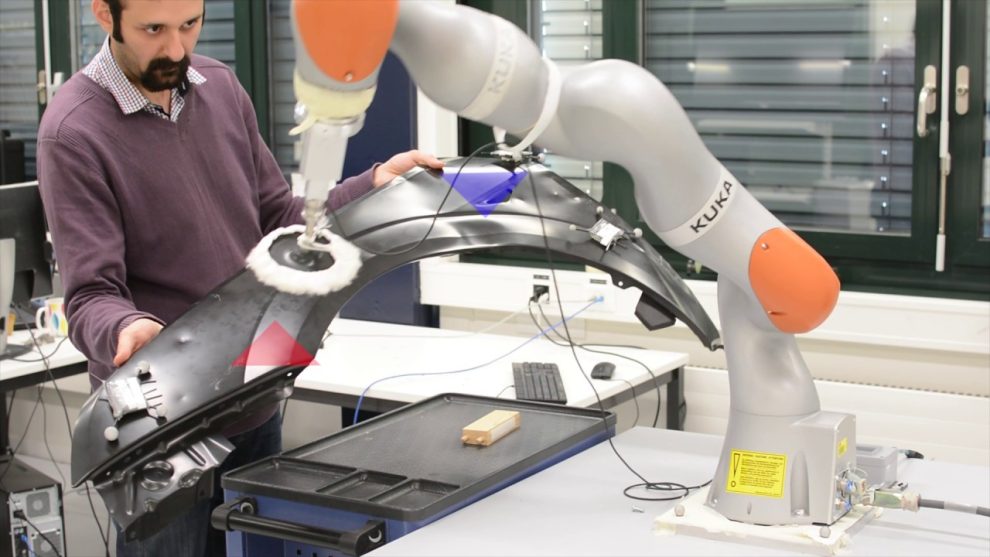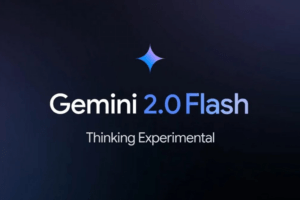The field of robotics is undergoing a monumental shift, fueled by the synergistic combination of physics simulations and deep reinforcement learning (DRL). This potent fusion empowers unprecedented control and precision in robotic motion, paving the pathway for seamless human-robot collaboration across diverse industries.
Decoding the Powerhouse Duo
To comprehend the transformative impact of this duo, we must first understand its individual components:
Physics Simulations – The Virtual Testing Ground
Physics simulations fabricate an ideal virtual environment where robotic systems can repeatedly experiment free from real-world constraints. These digital spaces precisely emulate physical laws to model robotic movements, environmental interactions, and the outcomes of performed actions.
Leveraging simulations, engineers can rigorously test control approaches, pinpoint design vulnerabilities, and optimize robot performance. Most importantly, they can do so rapidly and safely, without endangering equipment or personnel.
Deep Reinforcement Learning – Adaptive Intelligence
Inspired by biological learning, DRL ingrains robots with the capacity to independently acquire and refine complex skills. Through ongoing simulation interaction, DRL agents collect sensory information, select actions, and receive feedback on their choices. Successfully achieving objectives yields rewards, while failures prompt penalties.
By repetitively exploring and learning from mistakes, agents progressively enhance their decision-making abilities. This ultimately produces an optimal behavioral strategy tailored to the target task.
The Synergy Unleashed
Combined, these leading-edge technologies unlock immense synergistic potential:
Accelerated Learning
Simulation experimentation, compressed to transformative timescales, allows robots to undergo training equivalents of months or years within minutes. Such hyper-efficient education dramatically cuts learning curves and enables quicker mastery, even for extraordinarily intricate skills.
Bolstered Safety
Virtual development spaces shield real-world equipment and people from potential robotic mistakes during early, error-prone learning phases. This permits unrestrained testing of risky behaviors without safety repercussions, unlocking exploration of edge case scenarios.
Enhanced Adaptability
Repeated exposure across thousands of simulated situations breeds resilience and flexibility, empowering robots to generalize learning. When faced with unfamiliar settings or unpredictable events, systems can intelligently adapt in real-time, much like organisms in nature.
Industry Impact and Applications
This fused technology is already transforming various commercial spheres:
Manufacturing and Warehousing
Robots leverage simulation learning to swiftly reconfigure for new production lines, seamlessly handle variable goods, and dynamically navigate complex storage environments.
Healthcare and Surgery
Surgical robots trained in simulation demonstrate refined precision, dexterity, and situation awareness – enabling doctors to complete delicate, lifesaving procedures with minimized risk.
Disaster Response
Rescue robots use simulation environments to prepare navigation of unpredictable disaster territories while avoiding situational hazards to locate survivors.
The Road Ahead
Despite immense progress, challenges remain:
Training Transferability
Performance discrepancies between simulated and physical worlds can complicate real-world skill deployment. Further research into bridging this “reality gap” is vital.
Transparency
The complex inner workings of learning algorithms remain opaque. Progress towards more interpretable implementations would build confidence and enhance human-robot teamwork.
Nonetheless, the trajectory is unambiguous – integration of physics simulations and DRL represents a seismic developmental leap in robotics. As research institutions and corporations continue pioneering this technology, we inch towards a future where intelligent, responsive robots seamlessly collaborate alongside humans across everyday applications.
















Add Comment